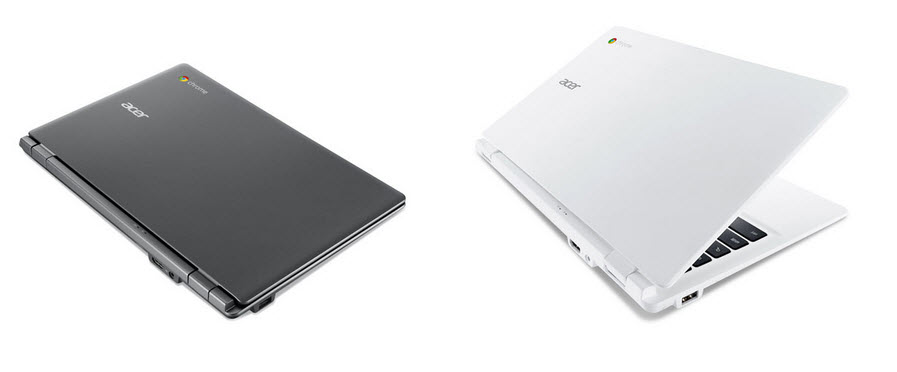SANTA CLARA, Calif. and SEATTLE, Aug. 20, 2014 – Intel Corporation and Unity Technologies today announced a strategic collaboration to advance the development of Android*-based applications on Intel® architecture. The agreement accelerates Intel's mobility push as millions of developers using the Unity development platform can now bring native Android games and other apps to Intel-based mobile devices. Unity adds support for Android across all of Intel's current and future processors including both the Intel® Core™ and Intel® Atom™ processor families.
Unity will ensure Intel product enhancements, including both graphics and CPU performance improvements and features, will be seamlessly integrated into future releases of the Unity 4 and Unity 5 product lines. As Intel architecture continues to gain market segment share on mobile devices, these improvements will help ensure that the Unity developers' games run natively as well as look great and perform beautifully on Intel platforms.
In addition, developers using Unity can now easily add support for Intel architecture in their applications or produce native applications for Intel architecture only with minimal extra effort.
"We've set a goal to ship 40 million Intel-based tablets this year and expect more than 100 Android tablet designs on Intel in the market by the end of this year," said Doug Fisher, Intel corporate vice president and general manager of the Software and Services Group. "Our collaboration with Unity will give its nearly 3 million developers the necessary software tools and support to build amazing Android experiences on Intel architecture."
"Unity is used by half of all mobile game developers, and many of them have been asking for increased support for Intel-based devices running Android," said David Helgason, CEO, Unity Technologies. "We are proud to be working with Intel to ensure that Unity provides the smoothest and highest performing experience possible on Intel platforms.
"As a mobile gaming company, Kabam relies on the Unity game engine and the compelling performance and efficiency it provides us to publish our mobile games for players around the world," said Kent Wakeford, COO of Kabam. "We are very excited to bring Unity-authored content, such as our upcoming title, 'Marvel Contest of Champions,' to the rapidly growing installed base of Intel-powered Android devices."








